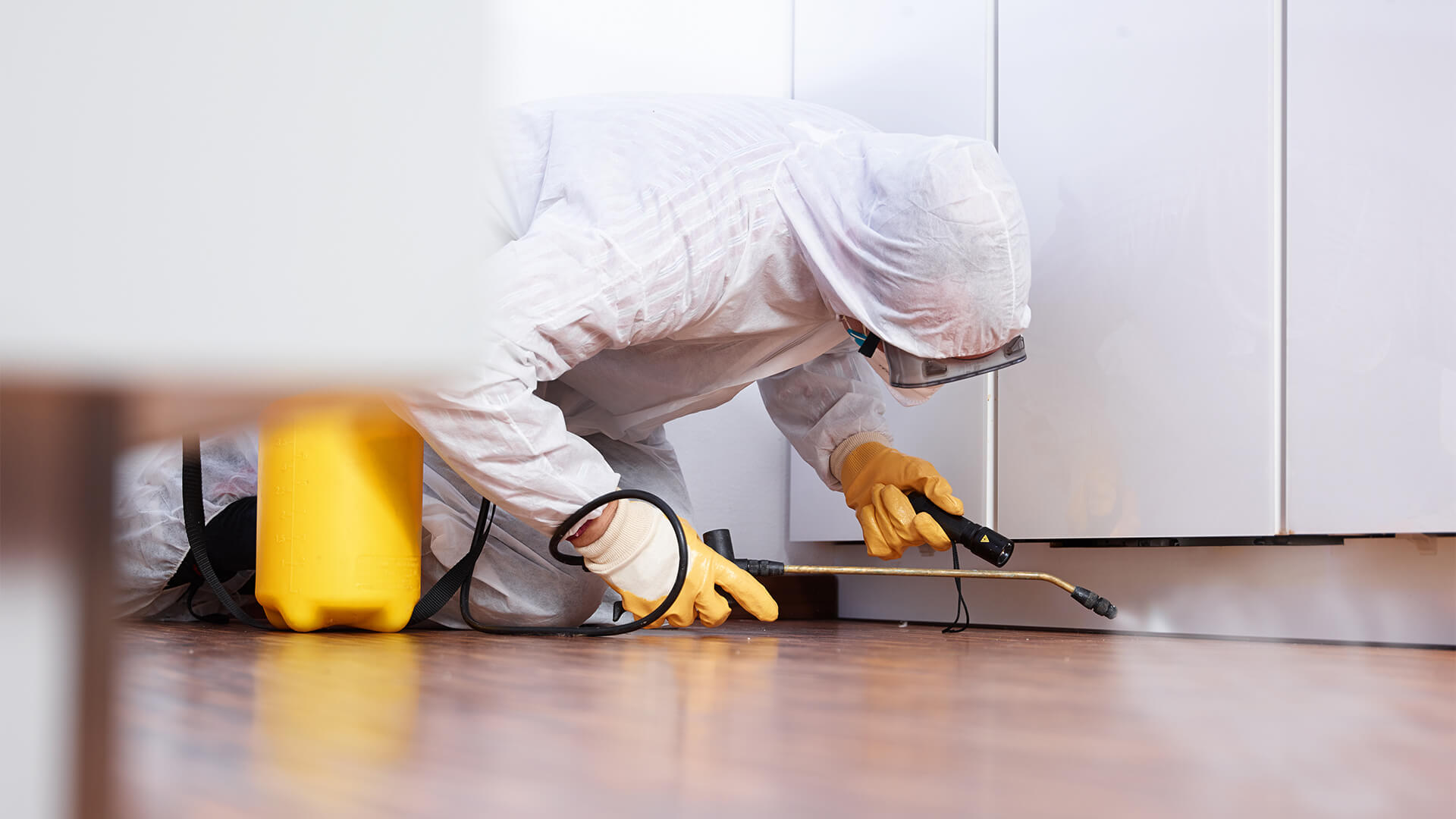Pest problems can disrupt your comfort, health, and peace of mind. Effective pest management involves more than just eliminating pests; it requires a comprehensive approach to prevention, treatment, and ongoing maintenance. This article explores the range of pest services available, their benefits, and how to choose the right pest control strategy for your needs.

Understanding Pest Services
Pest services encompass a variety of solutions designed to manage and control pest populations in residential, commercial, and industrial settings. These services are provided by professional pest control companies and include inspection, treatment, prevention, and monitoring.
1. Initial Inspection and Assessment
The first step in any pest control service is a thorough inspection:
- Identification: Pest control professionals identify the type of pests present and assess the extent of the infestation. Accurate identification is crucial for effective treatment.
- Inspection Areas: Inspectors examine key areas such as foundations, attics, basements, and outdoor spaces to find signs of pests and potential entry points.
- Assessment: An evaluation of conditions conducive to pest infestations, such as moisture levels, food sources, and structural vulnerabilities, is conducted.
2. Treatment Options
Treatment options vary based on the type of pest and the severity of the infestation:
- Chemical Treatments: Traditional chemical treatments involve the use of pesticides to eliminate pests. Modern pest control companies often use low-toxicity and targeted chemical products to minimize risks to humans and pets.
- Baiting Systems: Baits attract pests, and once ingested, the active ingredients spread throughout the colony, eventually eliminating the infestation. Baiting is effective for pests like ants, termites, and cockroaches.
- Traps: Traps are used for capturing or killing pests, such as rodents or insects. Different types of traps are available, including live traps, snap traps, and glue traps.
- Barrier Treatments: Barrier treatments involve applying insecticides around the perimeter of a property to prevent pests from entering. This is commonly used for ants, spiders, and other crawling insects.
- Heat and Cold Treatments: Heat treatments involve raising the temperature in infested areas to kill pests like bed bugs, while cold treatments use freezing methods for certain pests.
3. Preventive Measures
Preventive measures are critical to avoiding future infestations:
- Sealing Entry Points: Pest control services seal cracks, gaps, and holes in buildings to prevent pests from entering.
- Moisture Control: Addressing moisture issues, such as fixing leaks and improving ventilation, reduces the attractiveness of your home to pests like termites and cockroaches.
- Sanitation Recommendations: Pest control professionals may provide advice on maintaining cleanliness and proper food storage to deter pests.
4. Monitoring and Follow-Up
Ongoing monitoring and follow-up are essential for effective pest management:
- Regular Inspections: Schedule follow-up inspections to ensure that the treatment was successful and to address any new pest activity.
- Pest Monitoring: Implementing monitoring systems, such as bait stations and traps, helps detect pest activity early and prevents reinfestation.
- Customer Support: Reliable pest control companies offer customer support to address any concerns or questions about pest control measures and ongoing maintenance.
5. Specialized Pest Services
Certain pest issues require specialized services:
- Termite Control: Termite control services include inspections, treatment options such as bait systems and liquid barriers, and preventive measures to protect your property.
- Bed Bug Treatments: Bed bug services involve heat treatments, chemical applications, and thorough inspections to eliminate infestations from bedding and furniture.
- Rodent Control: Rodent control includes trapping, baiting, and exclusion methods to manage mice and rats, along with addressing any structural issues that may allow entry.
Choosing the Right Pest Control Service
Selecting the right pest control service involves several considerations:
- Experience and Reputation: Choose a company with a proven track record and positive customer reviews. Experience in handling the specific type of pest problem is crucial.
- Certification and Licensing: Ensure the pest control company is licensed and certified by relevant regulatory bodies. This guarantees that they adhere to industry standards and best practices.
- Safety Measures: Inquire about the safety measures and products used. Opt for companies that prioritize low-toxicity treatments and environmentally friendly options.
- Cost and Warranty: Obtain quotes from multiple providers and compare services. Look for companies that offer warranties or guarantees for their work.
Conclusion
Comprehensive pest services offer a holistic approach to managing and controlling pest issues, ensuring a pest-free and comfortable living environment. From initial inspection and treatment to preventive measures and ongoing monitoring, professional pest control services provide effective solutions tailored to your needs. By choosing the right pest control service and implementing proactive measures, you can protect your home from pests and enjoy peace of mind.
